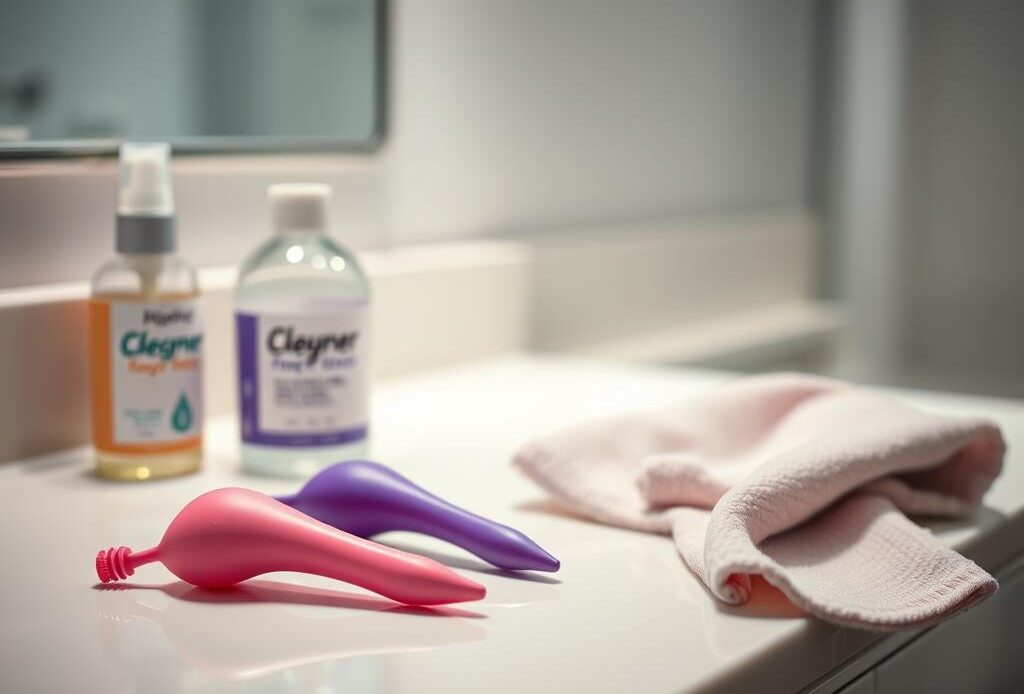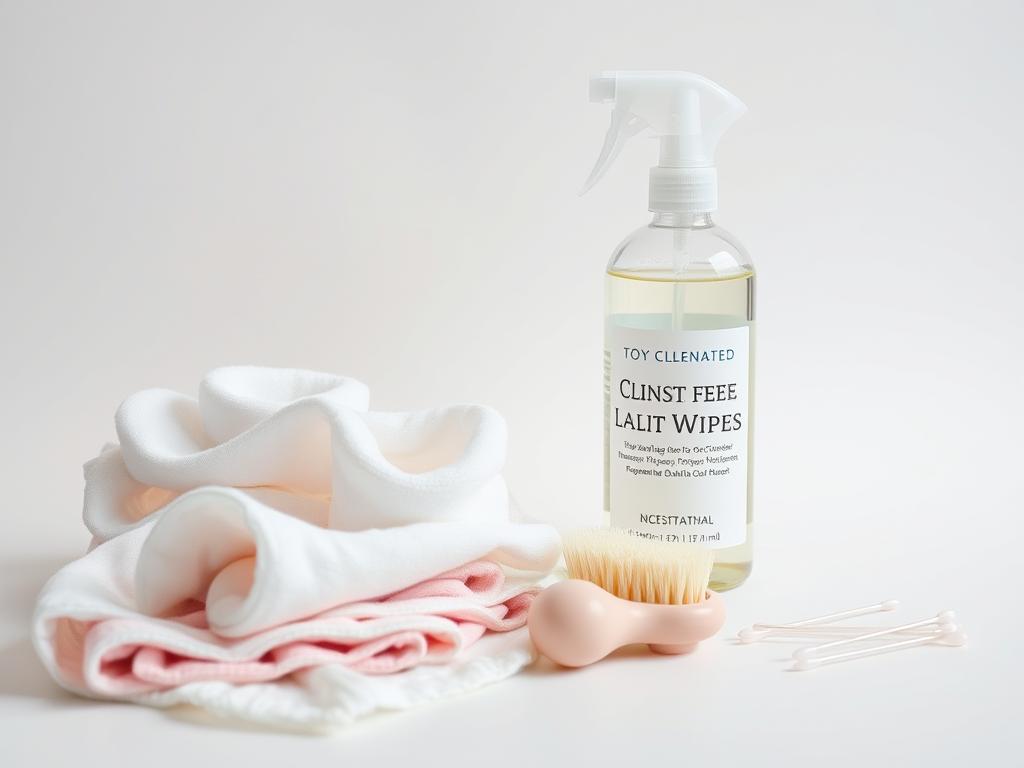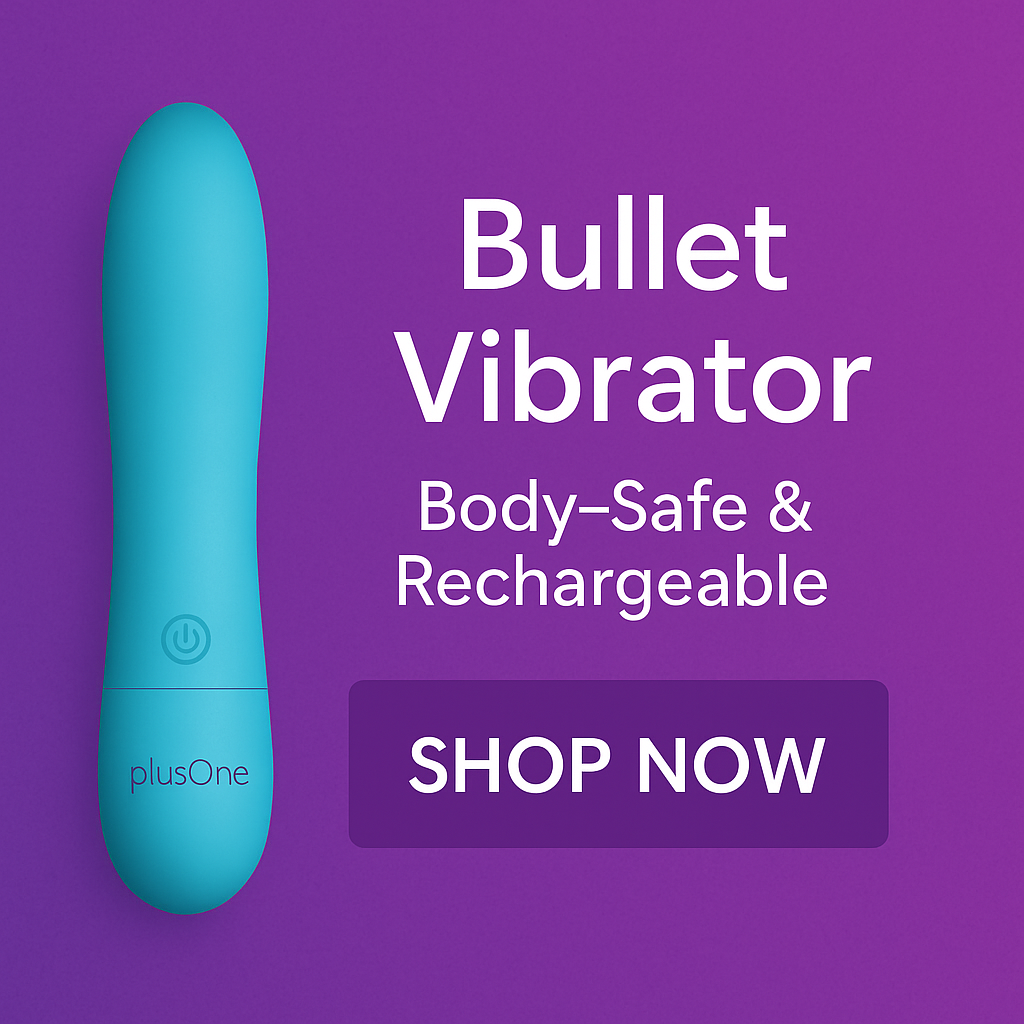
Maintaining hygiene for personal accessories isn’t just about longevity—it’s about respecting our bodies. Whether designed for specific uses or shared between partners, every material and design choice impacts our health and comfort. This guide helps navigate the nuances of care, ensuring your experiences remain as safe as they are enjoyable.
Our bodies have unique needs, which means a one-size-fits-all approach won’t work. For example, transitioning items between areas requires extra attention to avoid bacterial transfer. Experts emphasize using barriers like condoms for a safe transition between uses.
Materials matter. Silicone and glass stand out for their non-porous surfaces, making them easier to sanitize with mild soap and water. Meanwhile, porous options like TPE demand specialized cleaners to prevent residue buildup. We’ll break down these differences to simplify your routine.
Key Takeaways
- Proper hygiene prevents bacterial transfer between sensitive areas.
- Material type dictates cleaning methods (e.g., boiling silicone vs. gentle washing for TPE).
- Barriers like condoms add an extra layer of protection during use.
- Storage in cool, dry spaces preserves item integrity.
- Regular maintenance supports both safety and long-term enjoyment.
Understanding Unique Anatomy and Material Differences
Our bodies’ intimate areas have distinct environments that demand tailored care. The vagina naturally self-cleans with acidic secretions, creating a defense against harmful bacteria. In contrast, the anus lacks this protective layer, making it more vulnerable to microbial imbalances. Recognizing these differences shapes how we approach hygiene for accessories used in sensitive zones.
Anatomy of the Vagina and Anus
The vaginal canal’s pH balance (around 3.8–4.5) discourages pathogens, while the rectal area hosts diverse gut microbes. Skin sensitivity also varies—thinner anal tissue requires gentler handling. This impacts how residues from play interact with each environment.
Material Considerations for Safe Play
Non-porous options like medical-grade silicone resist bacterial growth, simplifying upkeep. Porous materials like jelly rubber trap microbes, demanding rigorous sanitization. Here’s a quick comparison:
| Material | Porosity | Bacteria Risk | Care Tips |
|---|---|---|---|
| Silicone | Non-porous | Low | Boil or soap wash |
| Glass | Non-porous | Low | Disinfectant spray |
| Jelly Rubber | Porous | High | Specialized cleaner |
| TPE | Semi-porous | Moderate | Air-dry thoroughly |
Items designed for anal play often prioritize smooth surfaces to minimize microtears. Choosing the right material isn’t just about comfort—it’s a frontline defense for your body’s well-being.
Cleaning Anal vs Vaginal Toys: Key Considerations
Safety starts with understanding why certain items aren’t interchangeable. Products designed for rectal use often have features like flared bases or textured grips to prevent slippage. These details make them effective for their purpose but create nooks where microbes can linger during washing.

Take beads and plugs, for example. Their segmented shapes or ridges require extra scrubbing attention compared to smoother options. Health professionals warn that sharing these between areas risks transferring harmful organisms:
“Even thorough washing might not eliminate all bacteria from textured surfaces,”
notes Dr. Emily Morse, a sexual wellness educator.
Why does this matter? Rectal-specific accessories often come into contact with E. coli and other gut microbes. Introducing them elsewhere without proper barriers could disrupt delicate pH balances. Here’s how to stay protected:
- Assign separate items for each zone
- Prioritize non-porous materials for easier sanitization
- Replace porous products more frequently
Design choices directly impact hygiene routines. A silicone plug with a retrieval loop simplifies rinsing, while jelly rubber’s porous surface traps residues. Always check manufacturer guidelines—some materials degrade if soaked in harsh cleaners.
Bottom line? Dedicated tools for specific uses reduce cross-contamination risks. Pair this with smart storage (think breathable fabric bags) to keep your collection fresh and functional.
Proper Cleaning Techniques Across Different Materials
Material care is foundational to safety. Non-porous and porous surfaces demand distinct approaches—get it right, and you’ll protect both your health and investment. Let’s explore methods tailored to each category.
Best Practices for Silicone, Glass, and Stainless Steel
Silicone, glass, and stainless steel shine for their durability. Start with warm soap water and a lint-free cloth. For deeper sanitization:
- Boil silicone items for 3–5 minutes (check manufacturer guidelines first).
- Run glass or stainless steel through the dishwasher on a gentle cycle.
- Use alcohol-free wipes for quick touch-ups between uses.
Always air-dry completely before storage. Avoid abrasive sponges—they can scratch surfaces over time.
Cleaning Porous Materials Like Jelly Rubber and TPE
Jelly rubber and TPE require extra vigilance. Their microscopic pores trap bacteria, so toy cleaner formulated for porous surfaces is essential. Follow these steps:
“Never submerge porous items—moisture gets trapped inside, creating a breeding ground for microbes,” advises Bianca Alba, intimacy educator.
- Wipe with a damp cloth and mild soap water immediately after use.
- Gently scrub crevices with a soft toothbrush dipped in toy cleaner.
- Pat dry with a paper towel—avoid fabric towels that shed fibers.
Replace these items every 6–12 months, as wear increases bacterial risks. Proper care isn’t just about longevity—it’s your first line of defense.
Essential Tools and Products for Effective Cleaning
Equipping your toolkit with the right products makes hygiene routines straightforward and effective. Whether you’re maintaining items for solo or shared use, the right supplies prevent residue buildup and material degradation. Let’s explore the essentials that keep your collection fresh and functional.

Using Mild Soap, Water, and Dedicated Cleaners
Warm water and fragrance-free soap form the foundation of most care routines. These basics work well for non-porous materials like silicone and glass. For porous options, specialized solutions break down oils without damaging surfaces.
Dedicated cleaners offer pH-balanced formulas that avoid harsh chemicals. As one manufacturer notes:
“Our sprays eliminate 99.9% of bacteria while preserving material integrity.”
Always rinse thoroughly after using any product. Leftover soap can irritate sensitive areas during future play.
When to Choose Dishwasher or Air-Drying
Heat-resistant, non-electronic items made from glass or stainless steel often handle dishwasher cycles well. Confirm the water safety rating first—submersion isn’t suitable for all designs. Use the top rack to avoid direct heat exposure.
Air-drying prevents lint transfer from towels. Place items on a clean, dry cloth away from dust. Avoid direct sunlight, which can warp certain materials over time. Proper drying extends the life of your favorite accessories.
Remember: Check manufacturer guidelines before trying new methods. What works for one product might harm another. Investing in quality tools today means fewer replacements tomorrow.
Understanding Risks and Cross-Contamination
Health risks lurk where we least expect them—even in moments of pleasure. When items move between body zones without proper protocols, harmful organisms hitch a ride. Let’s explore how microscopic threats can turn into major concerns.
Bacterial Transfer and Potential Infections
Our hands and accessories become carriers during use. For example, E. coli from the butt can reach delicate areas in minutes, disrupting natural balances. As Dr. Jane Everhart notes:
“Cross-contamination isn’t theoretical—it’s a leading cause of recurring UTIs and bacterial vaginosis.”
Common infections linked to improper care include:
| Infection | Common Cause | Prevention Tip |
|---|---|---|
| Bacterial Vaginosis | E. coli transfer | Separate items per zone |
| UTIs | Shared use without barriers | Wash hands before handling |
| Yeast Infections | Residual moisture | Air-dry thoroughly |
Quick transitions between activities heighten risks. A sex toy used rectally then vaginally—even briefly—introduces foreign microbes. Always sanitize surfaces and hands immediately after play.
Three steps keep us safer:
- Designate specific items for each area
- Clean with pH-balanced solutions within 10 minutes of use
- Store dry items in sealed containers
By respecting our body’s ecosystems, we protect more than just our health—we preserve peace of mind. Small adjustments in routines make big differences over time.
Expert Tips and Trusted Web Sources for Safe Cleaning
What separates good hygiene from great care? It’s the wisdom of those who’ve studied intimate wellness for decades. We’ve gathered insights from leading voices to help you refine your routine.
Insights from Sex Toy and Health Experts
Carol Queen, PhD, founder of the Center for Sex & Culture, stresses precision:
“The best way to maintain items is to treat them like surgical tools—meticulous care prevents 90% of issues.”
Hertime-tested advice includes:
- Washing immediately after use (within 10 minutes)
- Using lukewarm water to avoid material warping
- Storing in UV-resistant cases to prevent degradation
Recommendations from Trusted Web Sources
Healthline’s 2024 guide emphasizes three practices endorsed by OB/GYNs:
- Sanitize non-porous items in boiling water for 5 minutes monthly
- Replace porous products every 6 months regardless of appearance
- Test cleaners on small areas first to check for reactions
We make sure to follow these steps every time:
| Step | Purpose | Time Required |
|---|---|---|
| Pre-rinse | Remove debris | 30 seconds |
| Deep clean | Kill microbes | 2–5 minutes |
| Air-dry | Prevent moisture | 1+ hours |
Mistakes to avoid? Using scented soaps (disrupt pH) or skipping dry checks (trapped water breeds bacteria). Bookmark resources like Planned Parenthood’s care guides—they’re updated with the latest best way methods verified by medical boards.
Navigating Dual-Purpose Cleaning for Anal and Vaginal Play
When items pull double duty, tailored protocols prevent invisible threats from spoiling the fun. While some designs allow versatility, every transition between zones demands precision. We’ll break down how to maintain safety without sacrificing spontaneity.
Dual Cleaning Strategies Without Compromise
Non-porous silicone options shine here—their smooth surfaces simplify sanitization. For items used in both areas, immediate post-use care is non-negotiable. Dr. Laura Berman advises:
“Treat each session as separate. Clean thoroughly before switching zones, even if it’s the same day.”
Key steps for shared accessories:
- Wash with antibacterial soap and warm water immediately after each use
- Disinfect with 70% isopropyl alcohol (if material-safe)
- Air-dry completely before storage in separate breathable bags
Practical Tips for Preventing Cross-Contamination
Barriers like condoms offer smart protection during transitions. Remove and replace them when switching zones—never reuse the same barrier. For textured items:
- Use soft-bristled brushes to scrub crevices
- Rotate between two identical pieces if sharing between partners
- Mark storage containers with colored labels for quick identification
Remember: Designate specific days or sessions for different uses. This reduces urgent cleanings and keeps routines manageable. With thoughtful planning, versatility doesn’t have to mean vulnerability.
Conclusion
Prioritizing intimate wellness starts with mindful habits. Throughout this guide, we’ve highlighted how material choices and care routines directly impact safety during personal moments. Whether you’re a first-time user or refining your routine, consistency matters.
Every person deserves peace of mind. Using the right step-by-step guide for your products prevents 90% of common issues linked to improper care. Non-porous materials simplify upkeep, while porous options demand specialized attention—never cut corners.
Barriers like condoms add extra protection during shared use. Pair this with immediate washing and thorough drying to minimize risks. Experts agree: dedicated cleaner solutions and storage practices keep your collection fresh.
We encourage everyone to revisit these strategies regularly. Small adjustments—like labeling storage bags or scheduling deep cleans—make lasting differences. Your safety and enjoyment go hand in hand when informed habits become second nature.
Stay curious, stay protected. Together, we can make every experience as secure as it is satisfying.
FAQ
Why does material matter more for items used in different body areas?
The vagina and anus have distinct pH levels and bacteria. Non-porous options like silicone, glass, or stainless steel resist bacterial growth, while porous materials (e.g., jelly rubber) can trap microbes, raising infection risks.
What’s the safest way to maintain products designed for anal play?
Always wash immediately after use with warm water and mild soap. For non-porous designs, a 10-minute soak in a 10% bleach solution monthly adds extra safety. Avoid sharing between partners or body zones without thorough sanitizing.
Can we use the same soap for all intimate accessories?
Fragrance-free, hypoallergenic formulas work best for sensitive skin. Brands like Dial or Dr. Bronner’s are gentle. Avoid harsh chemicals that degrade materials—check if your item is dishwasher-safe (top rack only) for heat-resistant options.
How do we prevent cross-contamination during dual-purpose use?
Use condoms on shared items and swap them between zones. Dedicate specific tools for each area when possible. After anal play, sanitize with boiling water (for heat-safe materials) or a UV sterilizer like those from brands such as Lumma.
Are there materials that shouldn’t go near certain body parts?
Porous options like TPE or jelly rubber aren’t ideal for internal use due to bacterial retention. Stick to body-safe silicone (e.g., Lelo, We-Vibe) or medical-grade glass for vaginal or anal play, as they’re non-reactive and easy to disinfect.
What’s the biggest mistake people make with their intimate gear?
Skipping post-use care or improper drying. Moisture breeds mold and bacteria—pat dry with a lint-free cloth and store in breathable pouches. For items with motors, avoid submerging them; use wipes made for electronics instead.
Where can we find trusted advice on maintaining these products?
Organizations like Planned Parenthood and ASTM International offer guidelines. Experts like Dr. Jessica O’Reilly and blogs like Hey Epiphora review long-term care routines for durability and hygiene.

